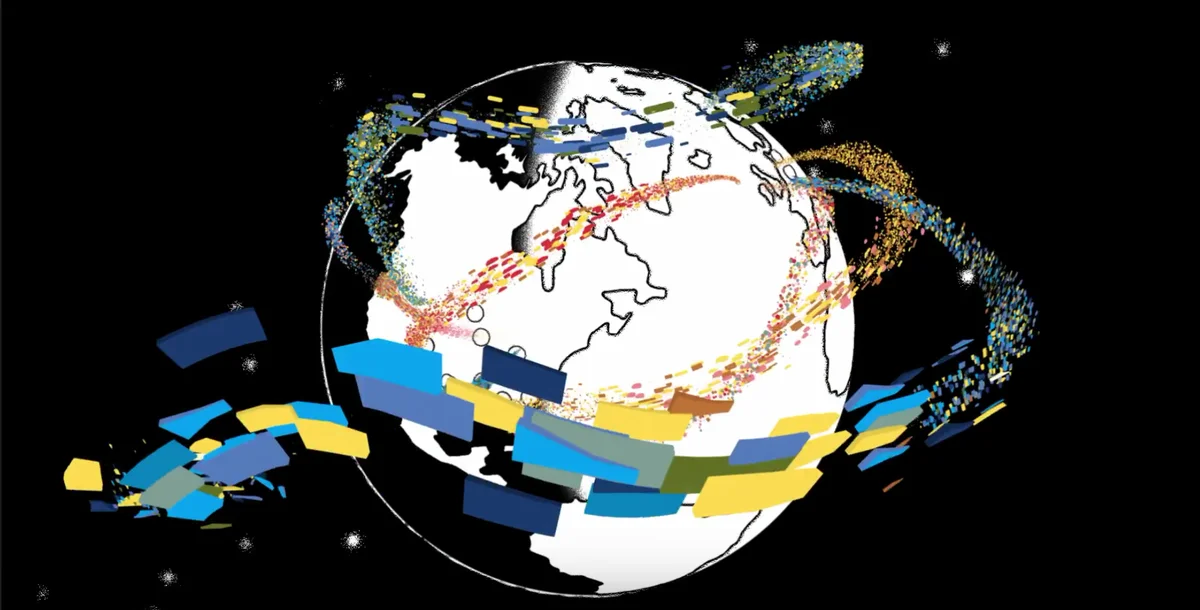Freedom of data movement in the cloud era

In January, we joined an amicus brief with other technology companies in a case pending before the Supreme Court involving Microsoft and the U.S. Department of Justice. The companies that joined the brief argue that Congress must act to resolve the complicated policy questions raised by the case, as Congress is best-suited to weigh the important interests of law enforcement, foreign countries, service providers and, of course, the people who use the services.
Pending legislation in the U.S. Congress—the Clarifying Lawful Overseas Use of Data (CLOUD) Act—would make important strides in addressing the issues raised in the Microsoft case by updating the decades-old Electronic Communications Privacy Act. Notably, the bill clarifies that the physical location of data is not a relevant criterion in determining the data disclosure obligations of U.S. service providers.
We wanted to share a little more information on why we think this is important and what it means for our customers and users. Modern distributed networks function in ways that do not focus on data location. As more people and businesses turn to the cloud to keep their data secure and ensure their services are dependable, infrastructure has had to grow and evolve to meet those demands. Global networks offer end users a level of dependability that previously required the most sophisticated backup technologies and significant individual hardware investment. Understanding how a global distributed network like ours works is key to understanding the benefits it offers and the challenges that are presented by laws that focus on where data is stored.
Growth of the public cloud
It’s been an important goal of Internet companies like ours to offer services that can be accessed by hundreds-of-millions of users no matter where they are. These services have to be fast, reliable, robust, and resilient. From our earliest days, it was essential that our index, with its links to vast swaths of content, be as comprehensive as possible. But beyond that, it was also critical that the service be fast. Increasing the speed of search meant a vastly improved experience for users otherwise accustomed to long load times over slow internet connections.
Through the years, we’ve worked hard to continually improve how we serve users in all corners of the world. From an infrastructure perspective, this has meant focusing on how best to route data securely, balance processing loads and storage needs, and prevent data loss, corruption, and outages.
Public cloud services operate on a global basis, using geographically distributed infrastructure to ensure that the services that run on them have maximum availability and uptime. Data typically no longer resides on a single hard drive or server rack, or even in a single data center. Instead, it must be stored, secured, and made available in a way that allows it to be accessed by the users who depend on it just as easily in India as in Germany.
Focus on the user
The way we handle data is driven by what’s best for our users, regardless of whether that user is an individual or a large enterprise. To provide them with the reliability, efficiency, resiliency, and speed they depend on, data might need to be stored in many different configurations across a global network.
Cloud infrastructure also offers business customers more control over where and how their data is stored, depending on their needs. These customers may choose to store their data in a country or data center near their corporate headquarters, or as close to their users as possible.
With customer needs in mind, cloud providers balance factors ranging from internet bandwidth, the likelihood of power outages over available networks, and network throughput. This short video explains how these considerations come to life on a distributed network, using the photo a Gmail user attaches to a message as an example.
Enhancing the security and integrity of your data
As this video explains, individual data files may be broken up into smaller pieces, stored, or moved to keep them safe and accessible. Modern internet networks increasingly transmit and store data intelligently, often moving and replicating data seamlessly between data centers and across borders in order to protect the integrity of the data and maximize efficiency and security for users.
This technological reality underscores why it’s important that legislative solutions not use data location as a way of determining whether a particular country can exercise jurisdiction over a service provider. As internet providers continue to improve their global networks to better serve their users—whether they’re individuals, businesses, educational institutions or others—it’s important that the law reflects an understanding of technological innovation, and how modern distributed systems function.








